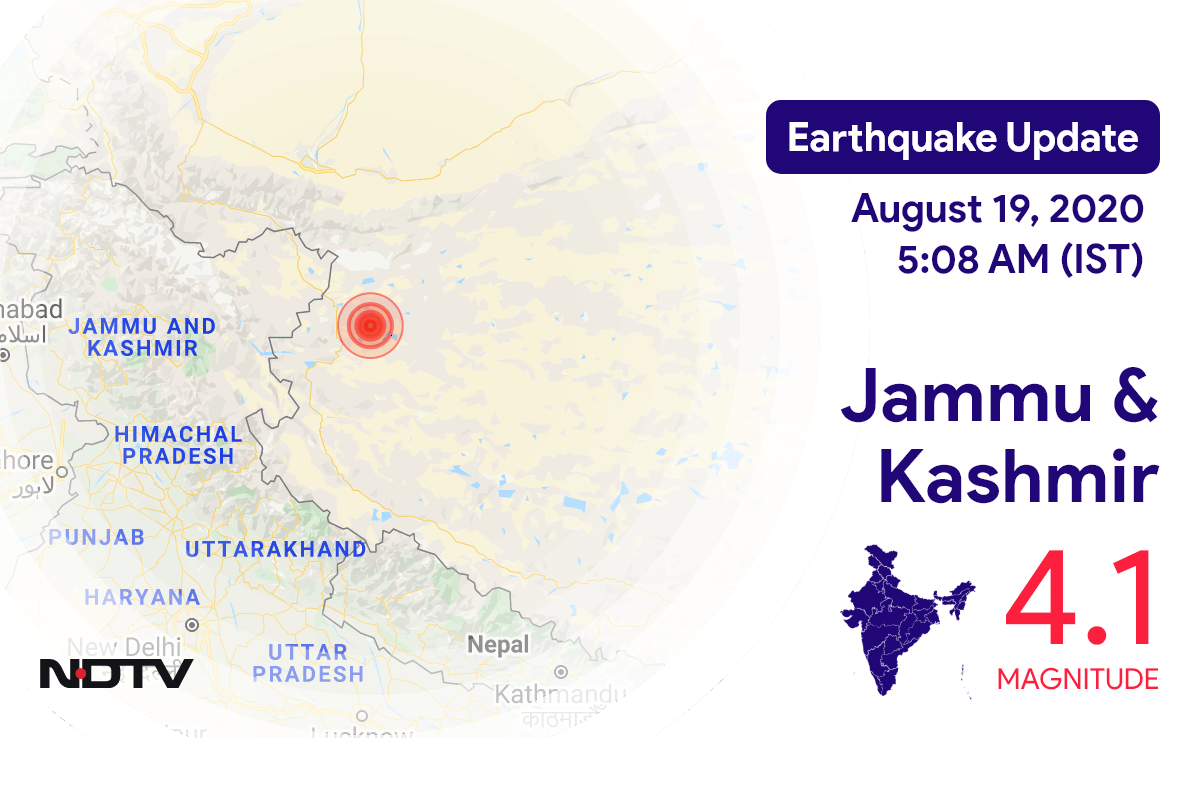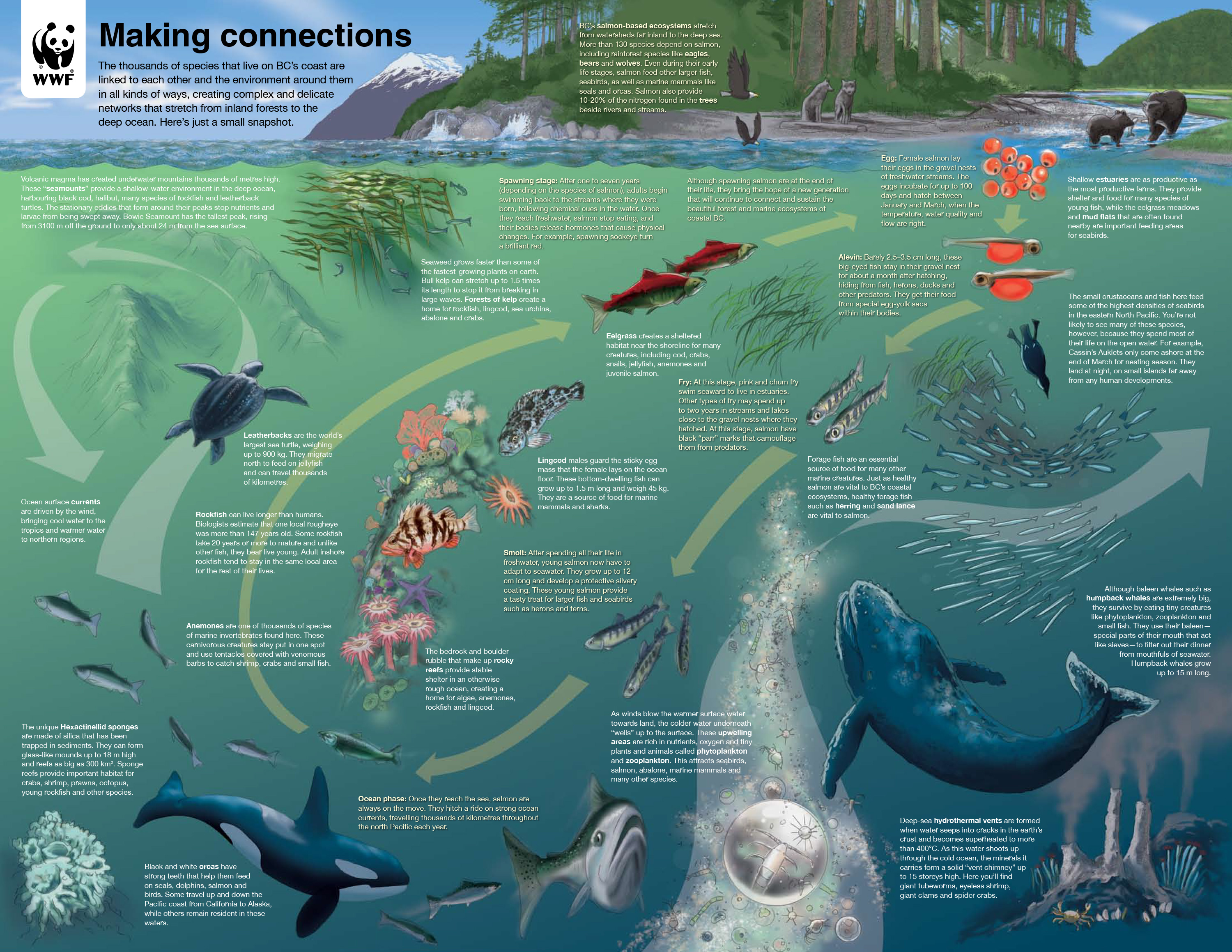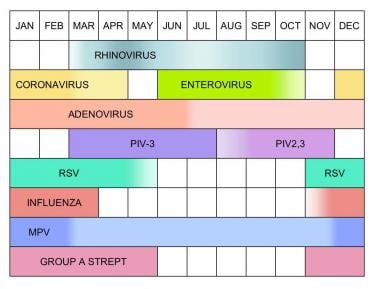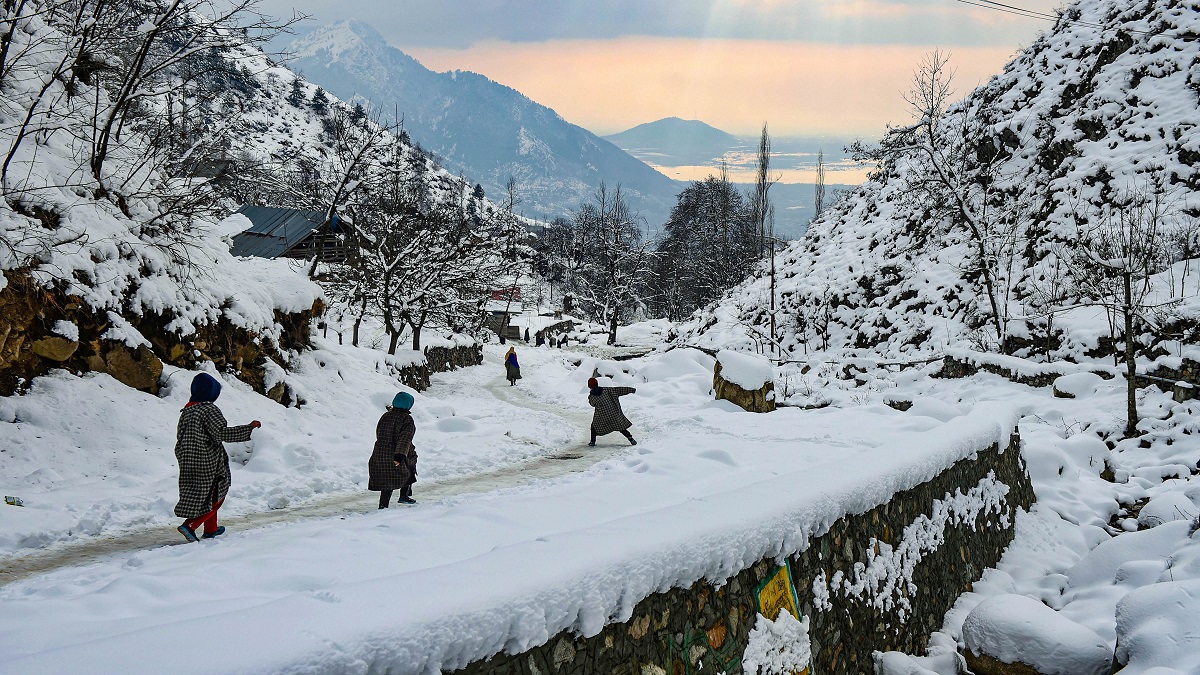


Residents of Baramulla district in Jammu and Kashmir were caught off guard as an earthquake measuring 4.1 on the Richter scale struck the region at 12:26 PM on July 12. According to the National Center for Seismology, the earthquake occurred at a depth of 10 KM. The website Pugmarks also shared news of the quake, urging its subscribers to stay updated with their newsletters and bulletins.
Earthquake Jolts Baramulla, Jammu & Kashmir
On July 12, 2023, an earthquake measuring 4.1 on the Richter scale hit Baramulla district in Jammu & Kashmir at 12:26 PM IST. The tremors, originating from a depth of 10 km, jolted the region, leaving residents startled. The National Centre for Seismology (NCS) confirmed the intensity and epicenter of the quake.
Background
Baramulla is a small district located in the northern part of Jammu & Kashmir, close to the Line of Control with Pakistan. The region is situated in a seismically active zone, making it prone to earthquakes. Over the years, several earthquakes of varying intensities have occurred in Baramulla and its vicinity.
Impact
The 4.1 magnitude earthquake on July 12 caused panic among residents but did not result in any significant damage or casualties. However, the tremors were strong enough to shake buildings and rattle windows. The authorities advised people to stay indoors and be on alert for any aftershocks.
Top 5 FAQs and Answers
Q1: What is an earthquake? A: An earthquake is a sudden and violent shaking of the earth caused by the release of energy from beneath the surface.
Q2: What causes earthquakes? A: Earthquakes are primarily caused by the movement and collision of tectonic plates, which are large pieces of the earth's crust.
Q3: How is the severity of an earthquake measured? A: The severity of an earthquake is measured using the Richter scale, which ranges from 0 to 10, with higher numbers indicating stronger quakes.
Q4: What should you do during an earthquake? A: During an earthquake, it is crucial to stay calm and seek shelter under a sturdy table or desk. Avoid standing near windows or outside buildings.
Q5: What is the significance of the National Centre for Seismology (NCS)? A: The NCS is a specialized institute under the Ministry of Earth Sciences. It monitors and records earthquake activity in India, provides alerts, and conducts research on seismic hazards.
Conclusion
The earthquake in Baramulla is a reminder of the vulnerability of the region to seismic activity. While the recent quake was relatively mild, it underscores the importance of preparedness and awareness. The authorities and residents must remain vigilant and take necessary precautions to mitigate the potential risks associated with future earthquakes.

Join CBBC's Naomi Wilkinson and wildlife biologist Lizzie Daly in this educational Live Lesson, in collaboration with Blue Planet Live. Together, they delve into the importance of a healthy marine ecosystem and the threats facing our oceans, such as plastics and overfishing. With a special appearance from Steve Backshall, this programme also highlights the role of sharks in understanding ecosystems and how human actions can harm their survival. Designed for Key Stage 2/2nd Level curricula, this lesson includes a teacher guide and student activity sheets for a comprehensive learning experience.

In honor of International Women's Day 2025, Google dedicated a special doodle to celebrate the contributions of women in STEM fields. Despite progress towards gender equality, women continue to remain underrepresented in STEM, making up just 29% of the global workforce. The doodle highlights the groundbreaking achievements of women in space exploration, ancient discoveries, and lab research, while also emphasizing the importance of recognizing and supporting women in STEM. This International Women's Day serves as a reminder of the countless ways in which women have shaped and continue to shape the world through their contributions to science and technology.

A new study analyzing data from prestigious institutions like Harvard and Yale challenges common perceptions about the religious makeup of American college students. Contrary to popular belief, the study found that the biggest divide in religious behavior is not between elite and non-elite institutions, but between political ideologies. The study also found that there are minimal religious differences between selective and non-selective schools, with the main exceptions being higher percentages of Christian and Jewish students at non-selective schools. This study sheds light on the complex relationship between religion and education in the United States.

This article discusses the importance of proper diet planning during the month of Ramadan for sustained energy levels and stable blood sugar levels. It highlights the need to incorporate complex carbohydrates, protein-rich foods, healthy fats, and hydrating foods into suhoor and iftar meals. Tips for breaking the fast wisely and healthy snacking options are also provided. Additionally, the article emphasizes the importance of hydration and suggests incorporating infused water options for digestion and hydration.

March 3 is observed as World Wildlife Day every year to bring attention to the importance of protecting endangered species. This year's theme, 'Wildlife Conservation Finance: Investing in People and Planet', highlights the need for sustainable measures to protect our diverse wildlife. The United Nations General Assembly declared this day in 2013, coinciding with the signing of the Convention on International Trade in Endangered Species of Wild Fauna and Flora (CITES). This international agreement, with 185 parties, aims to regulate and control the trade of endangered species to ensure their survival. Three appendices list the species under different categories based on their level of protection needed, with stricter rules for Appendix I species such as the Indian star tortoise.

India celebrates National Science Day every year on February 28 to honor the discovery of the Raman Effect by Sir C.V. Raman. The theme for this year's celebration, "Advancing Science for a Sustainable Future," highlights the role of scientific research in tackling global issues and encourages discussion on technological advancements. By promoting scientific awareness and inspiring the next generation of scientists and innovators, National Science Day strengthens India's commitment to scientific excellence and sustainable progress.

As the seasons change, our bodies are exposed to fluctuating temperatures and humidity levels that can weaken our immune systems and make us more susceptible to respiratory infections. These shifts in weather can create the ideal conditions for viruses to thrive and spread, leading to common illnesses like colds, coughs, and viral fevers. With insights from Dr Meenakshi Jain, a Senior Director of Internal Medicine, we explore how these seasonal changes affect our health and what steps we can take to protect ourselves. From boosting our immunity through diet and exercise, to practicing good hygiene and getting vaccinated, these preventative measures can help us stay healthy during seasonal transitions.

On the recent National Science Day, we commemorate the discovery of the Raman Effect and celebrate the contributions of scientists like Dr. Chandrasekhara Venkata Raman. To uphold the spirit of innovation, here are some inspiring quotes that continue to motivate scientists, students, and enthusiasts. Meanwhile in Srinagar, a cold wave and light snowfall have hit Jammu and Kashmir, reminding us of the wonders of nature.

India celebrates National Science Day on February 28 every year in honor of Sir CV Raman's groundbreaking discovery of the Raman Effect in 1928, which revolutionized the field of physics and earned him the Nobel Prize. This year, the theme is ‘Empowering Indian Youth for Global Leadership in Science & Innovation for Viksit Bharat’, highlighting the importance of science and innovation in India's development. The first National Science Day was celebrated in 1987, and since then it has become an important occasion to acknowledge the contributions of Indian scientists in various fields.

Skywatchers are in for a celestial treat this week as seven planets - Mars, Jupiter, Uranus, Venus, Neptune, Mercury, and Saturn - will be visible in the evening sky. This phenomenon, known as a 'planetary parade', will offer a rare chance to see all seven planets at once until 2040. While four planets will be visible to the naked eye, a telescope will be needed to spot the other two. With a narrow window of just a few minutes after sunset to view them, clear skies and a good vantage point on the horizon will offer the best opportunity to witness this spectacular event.